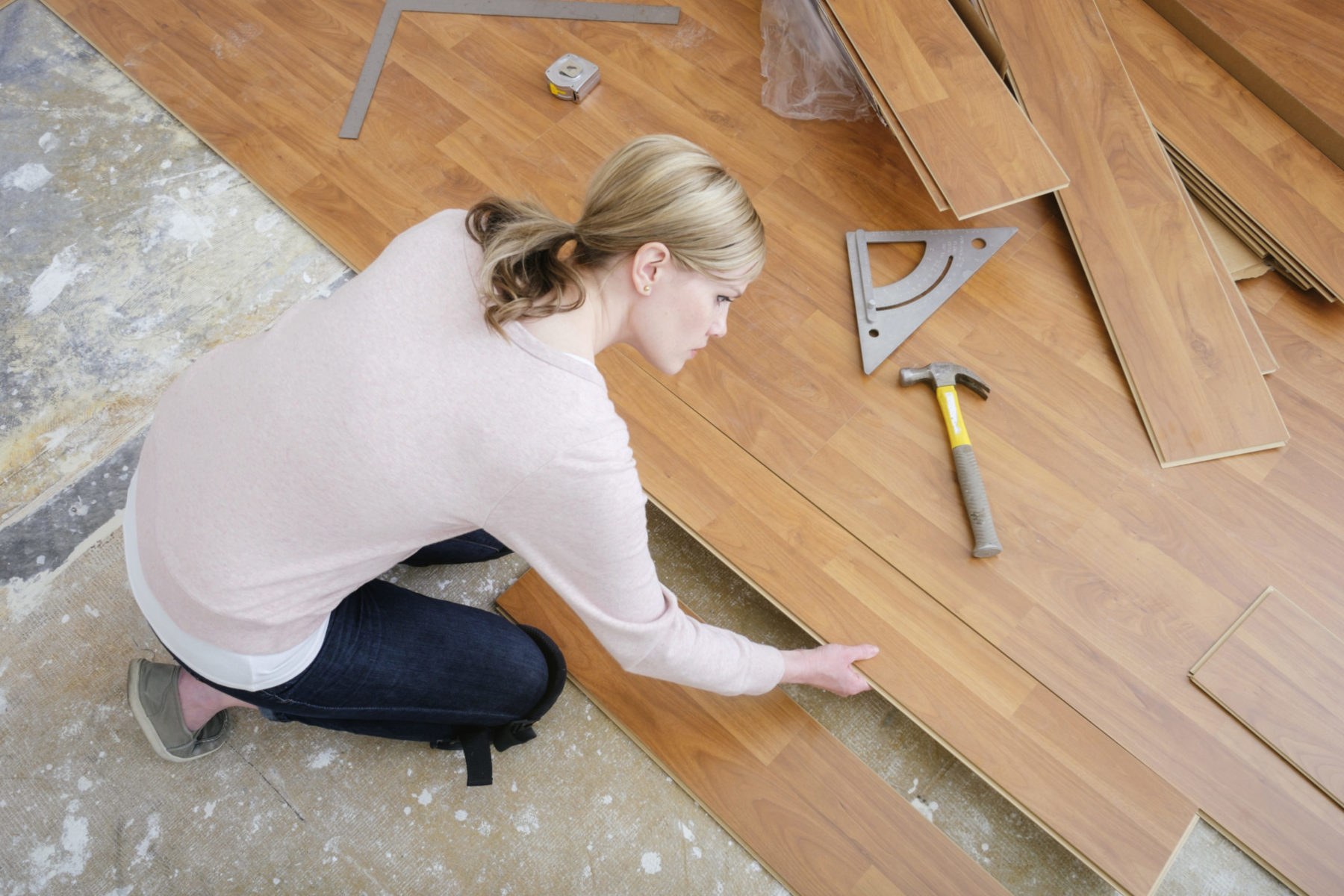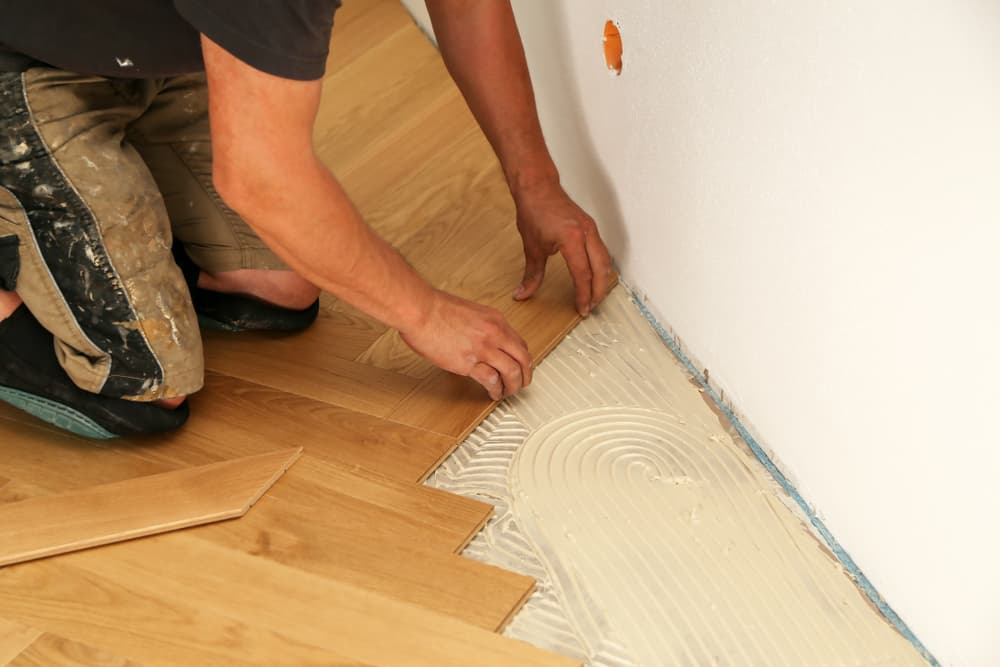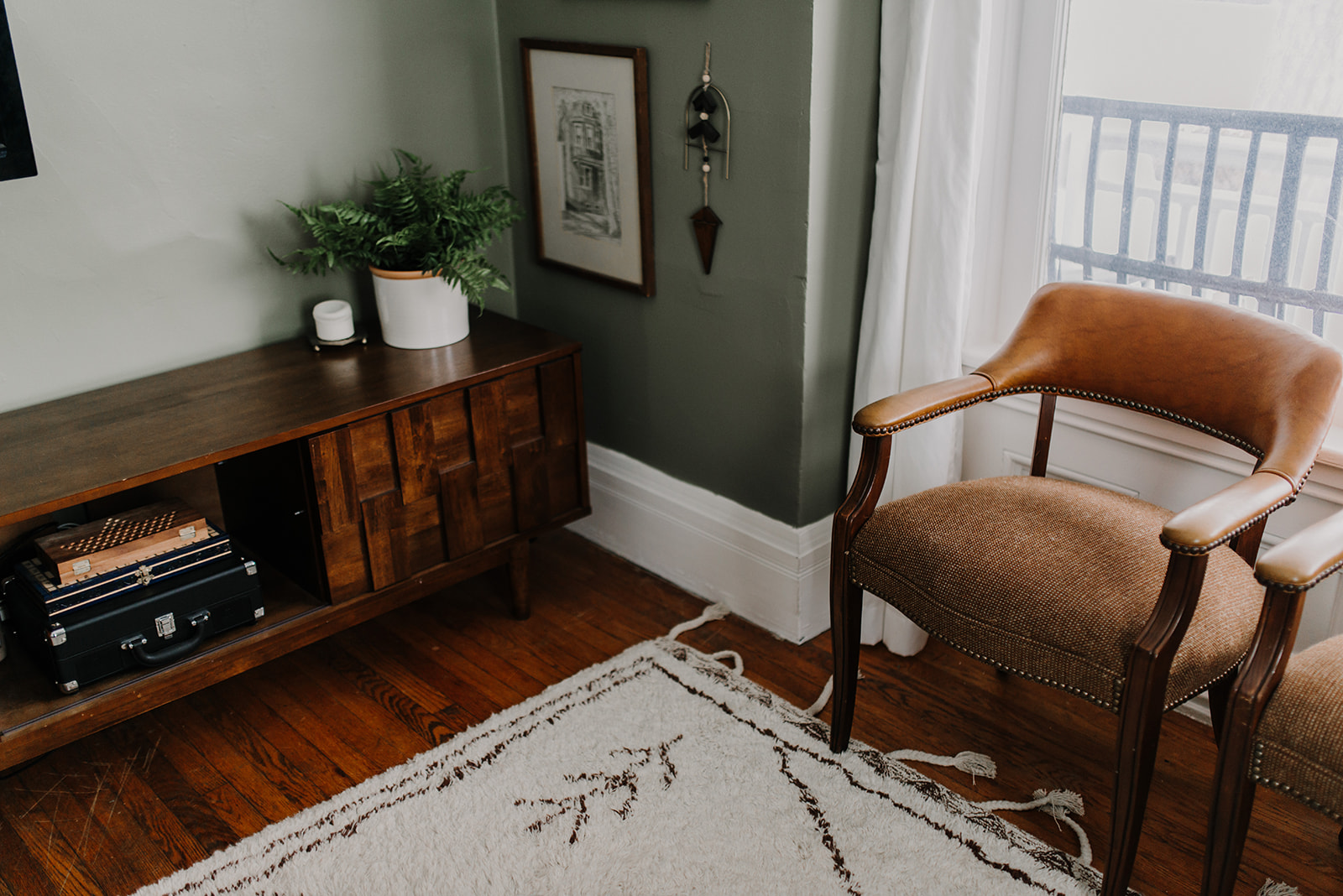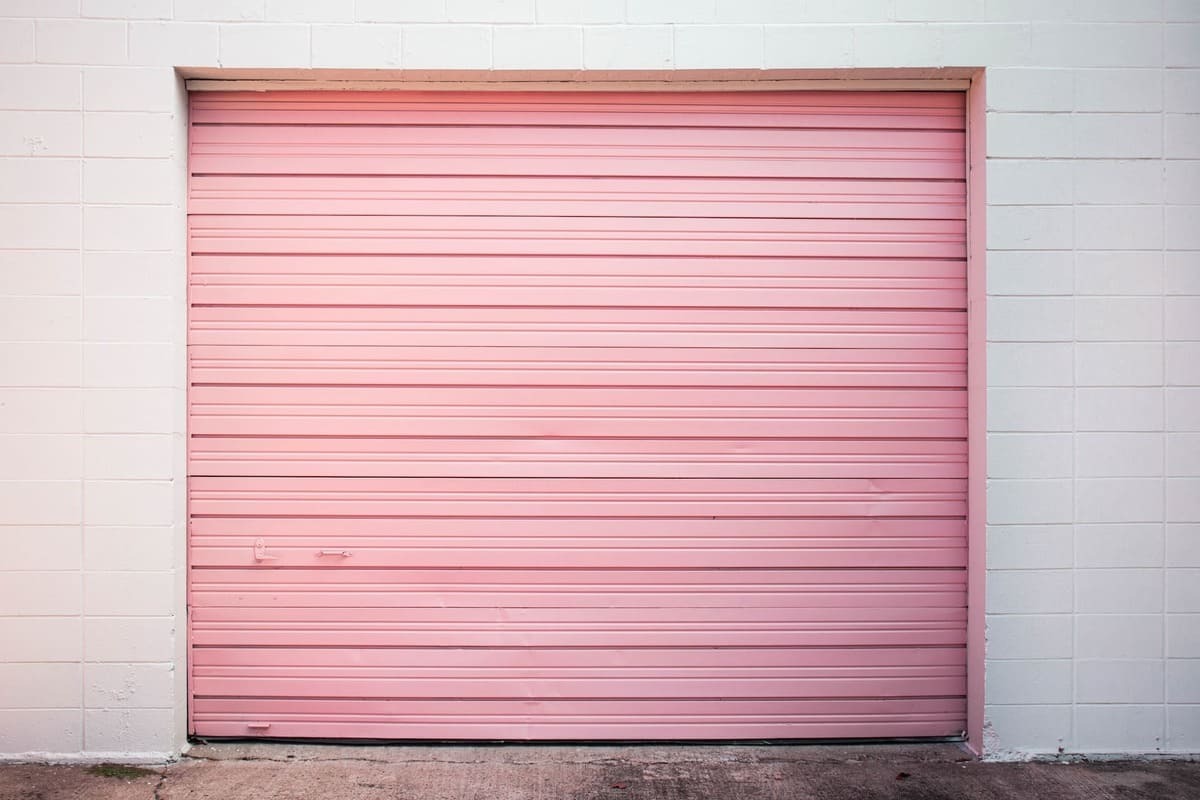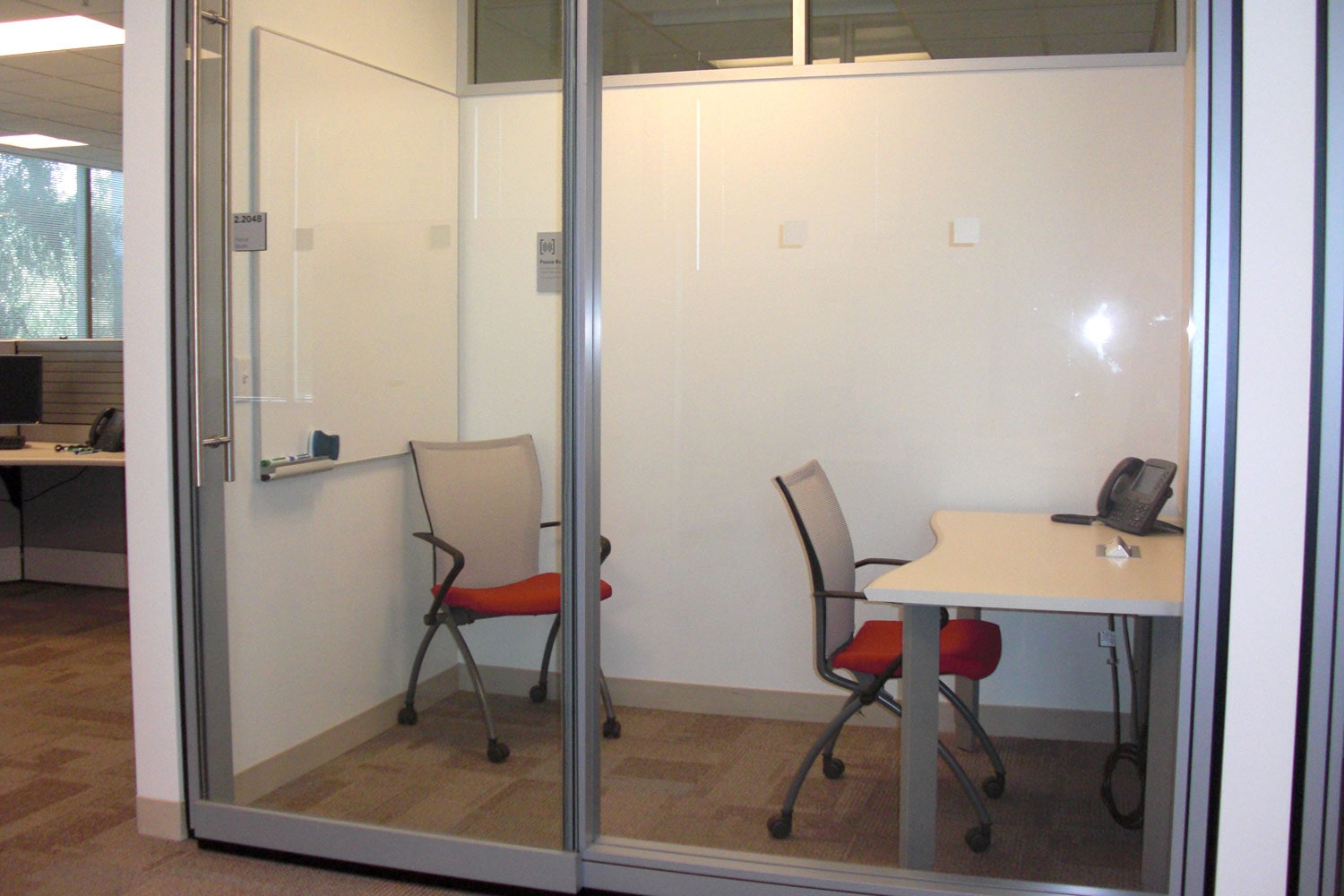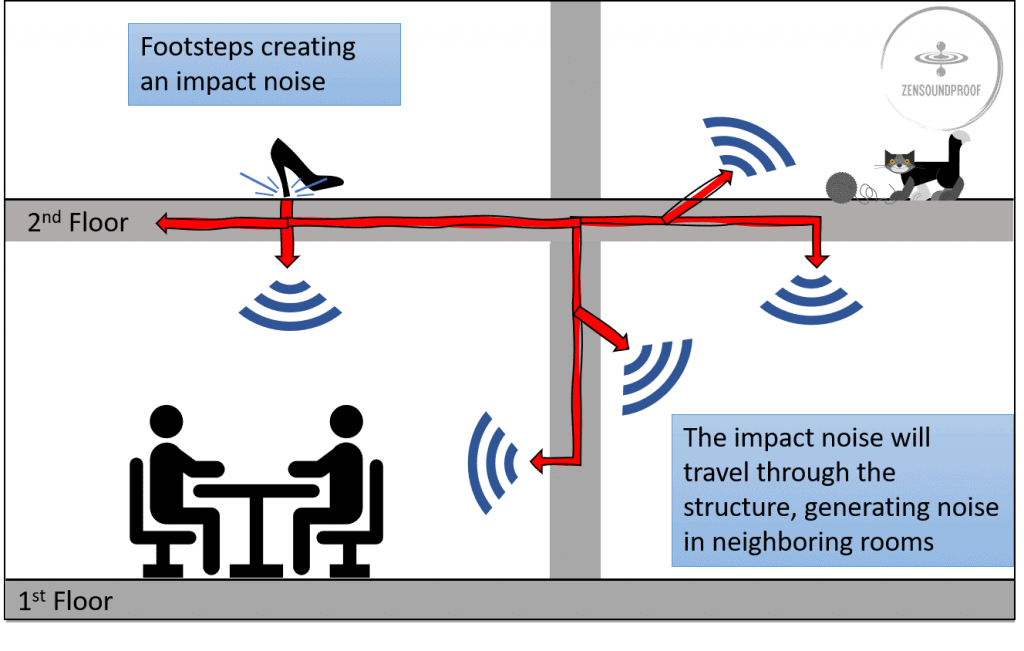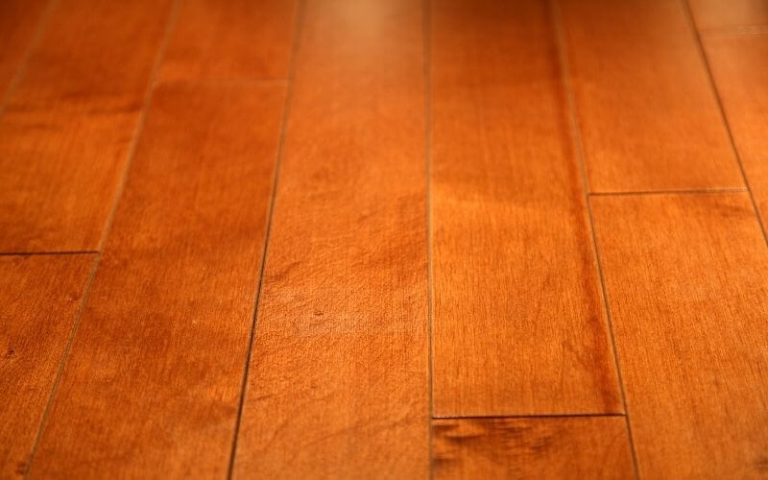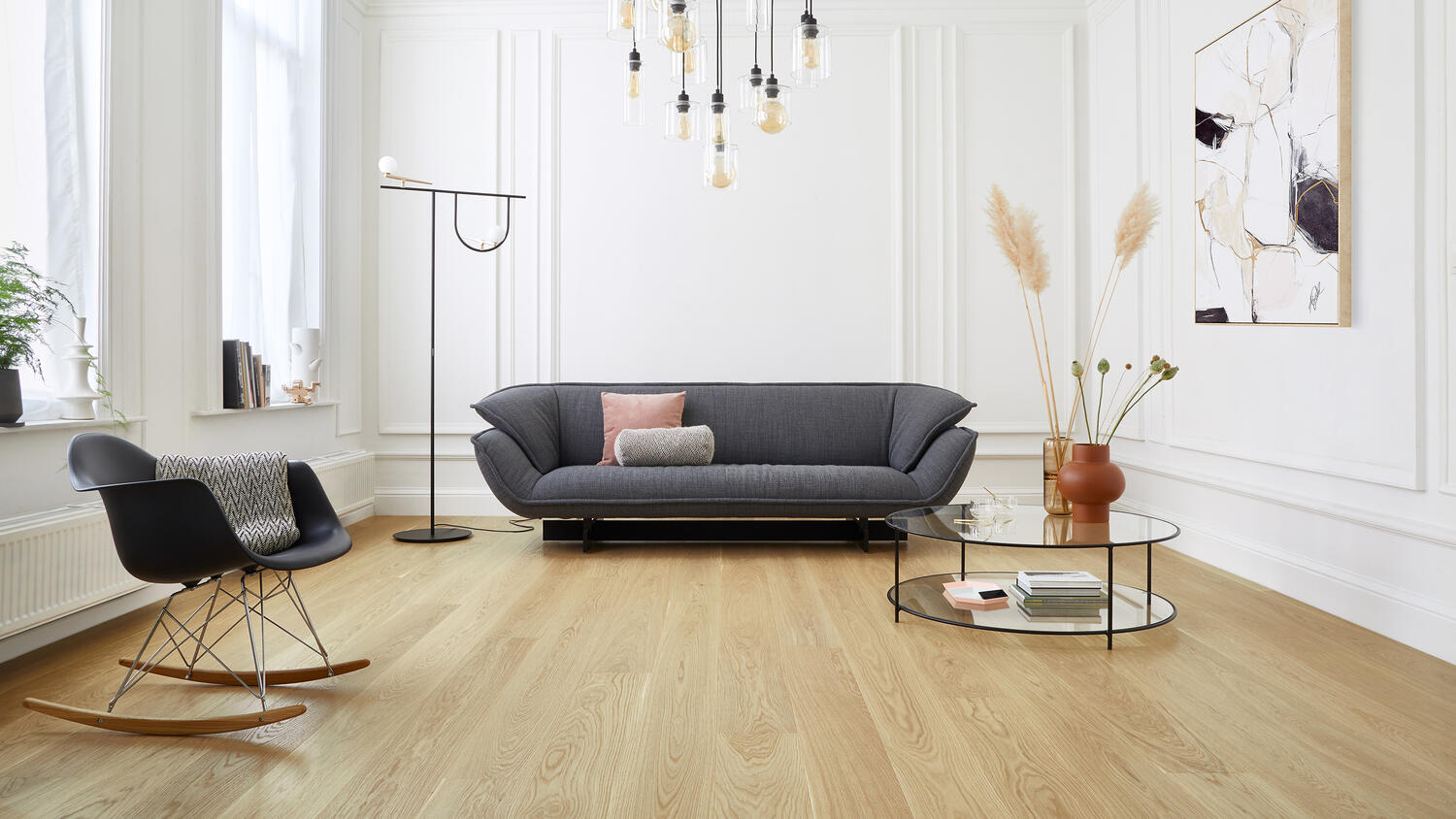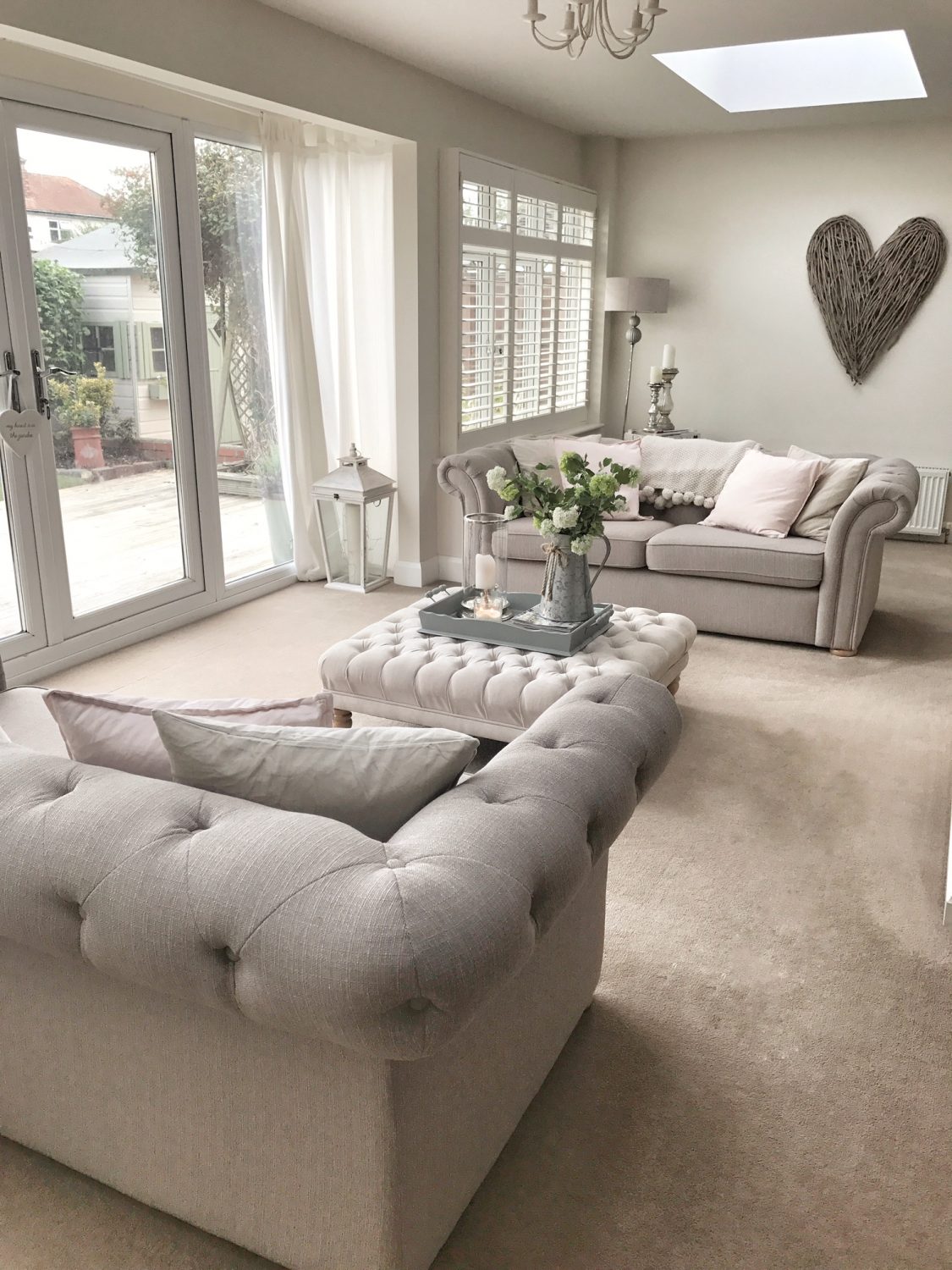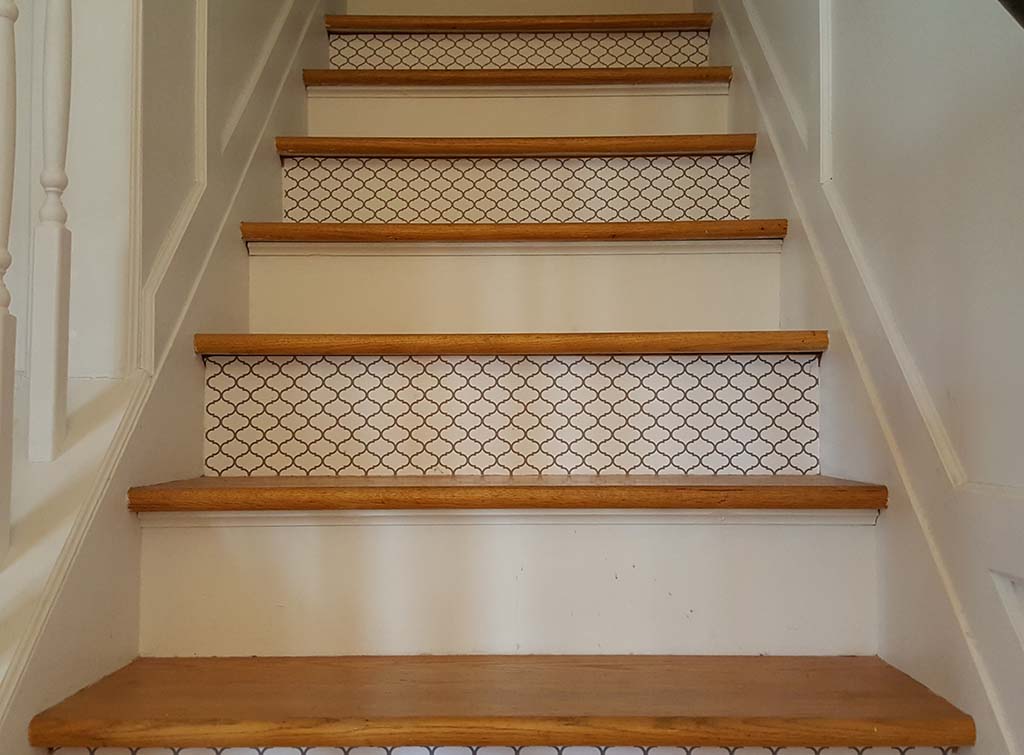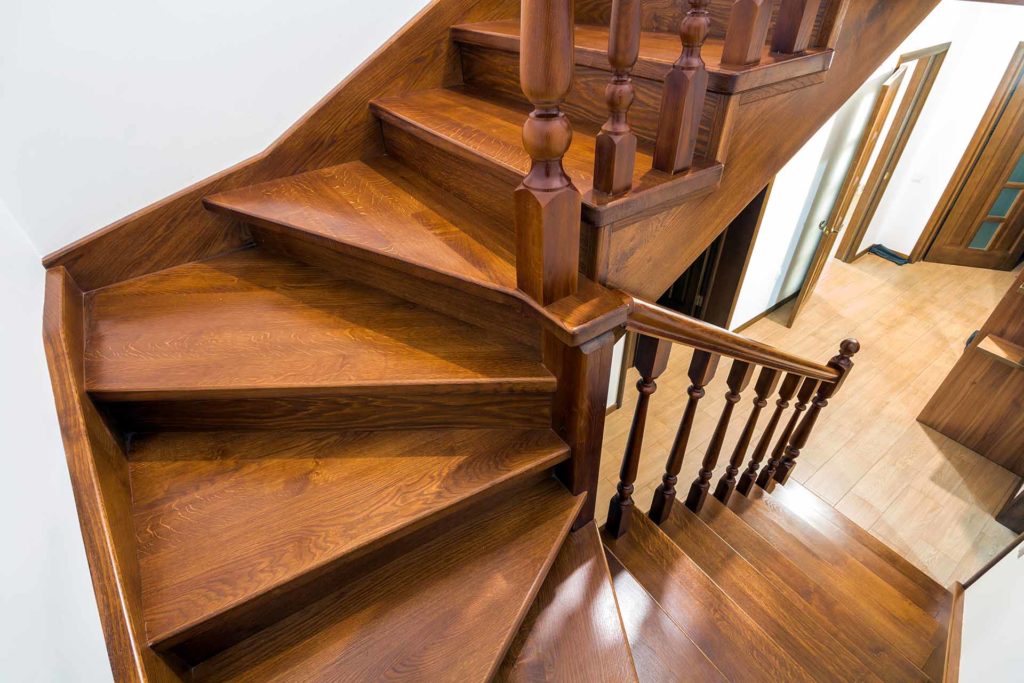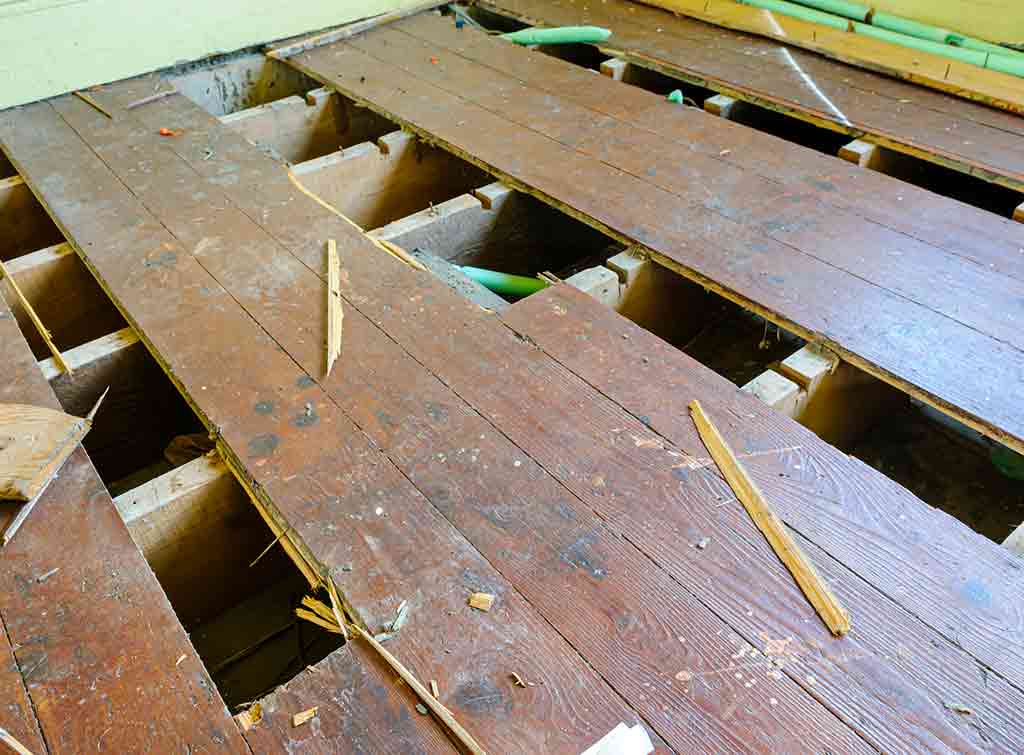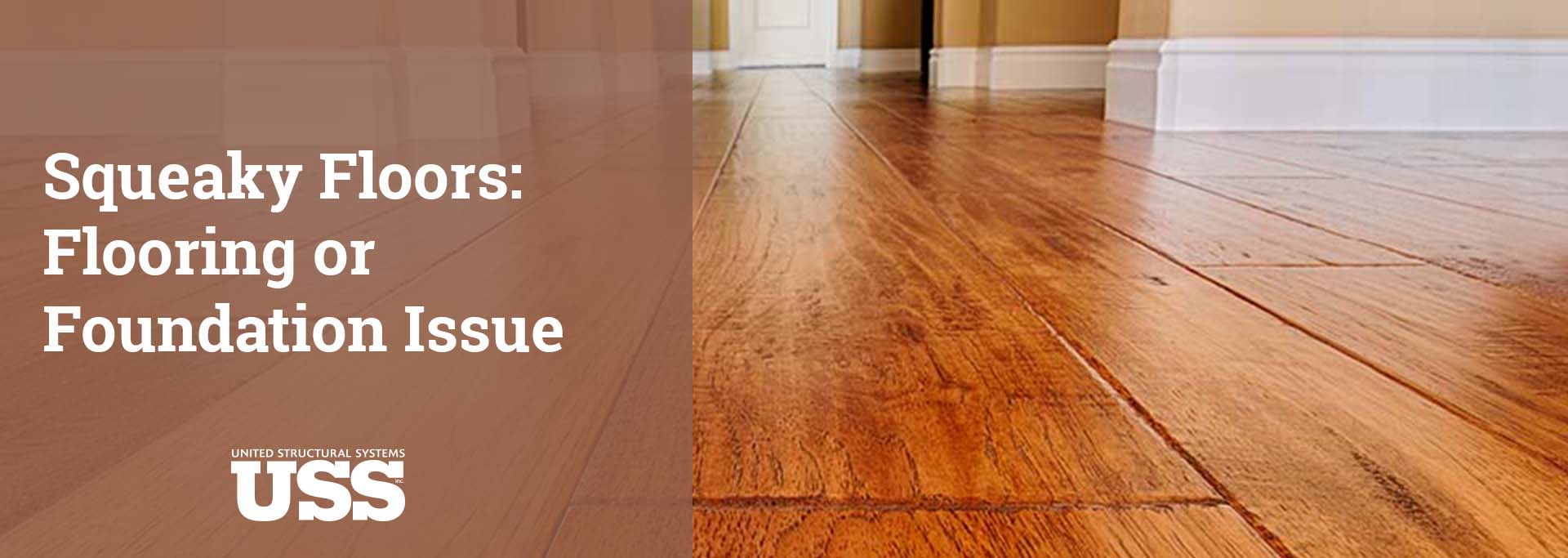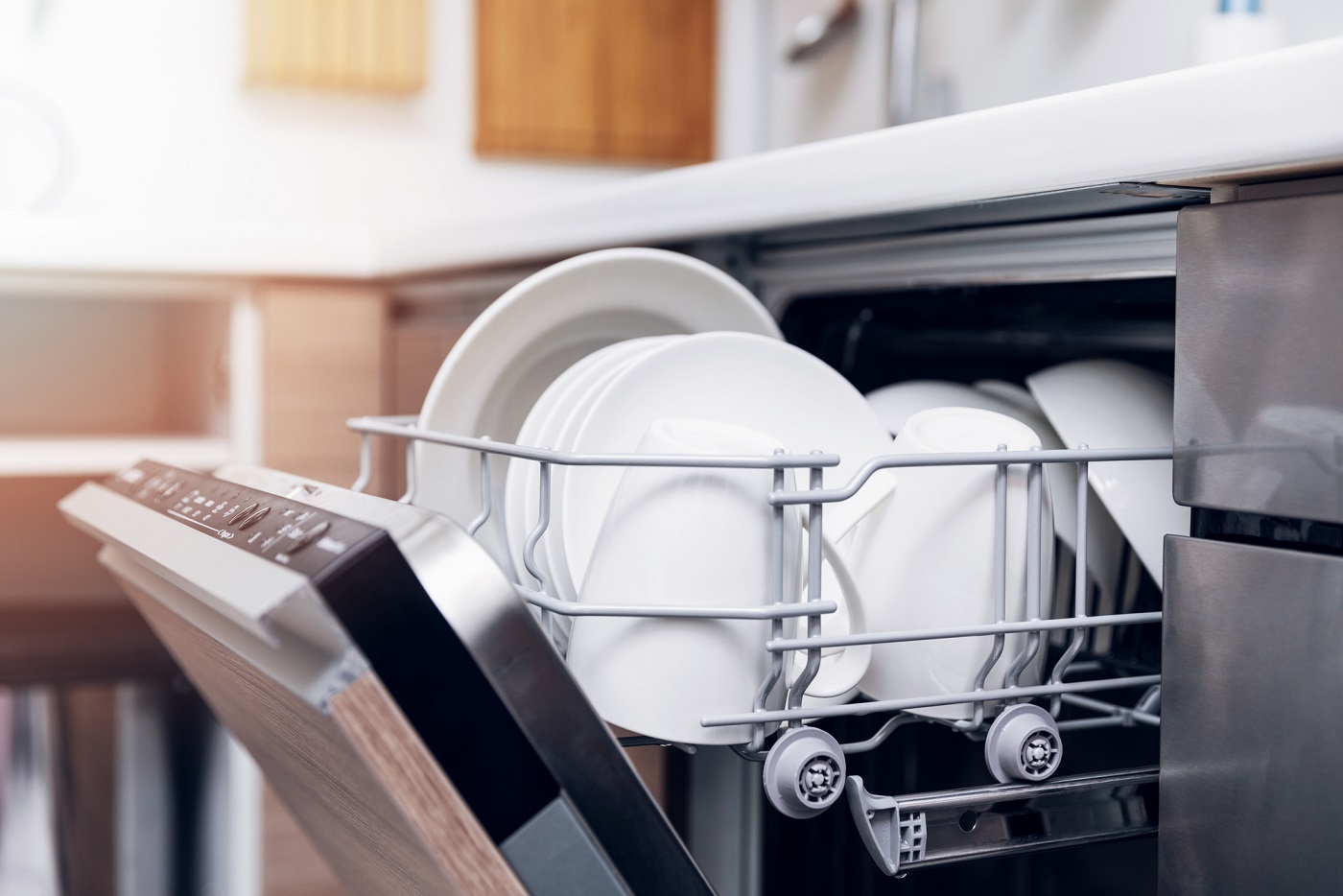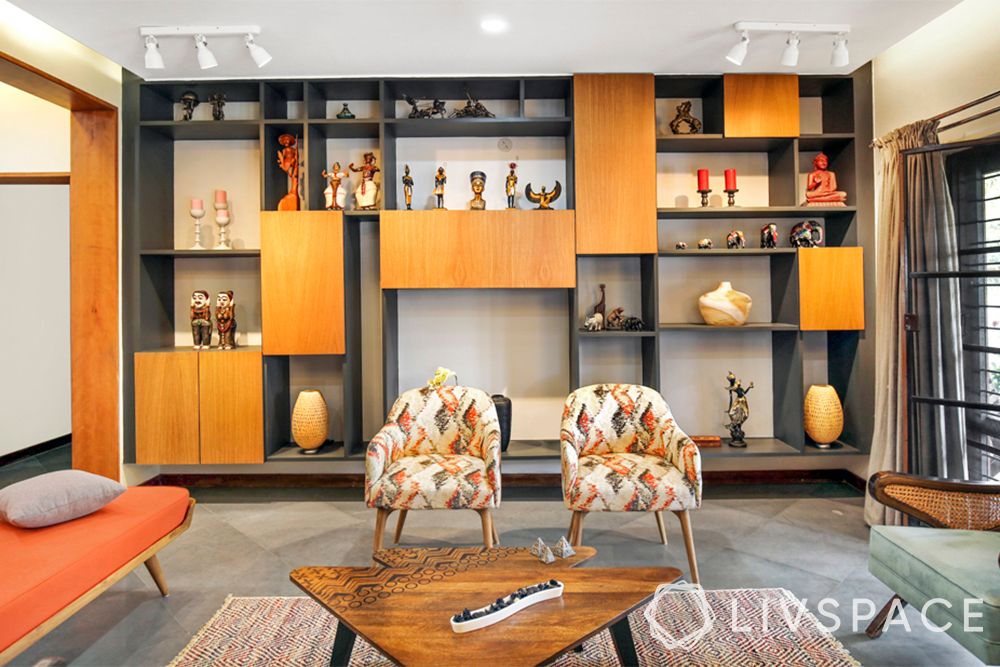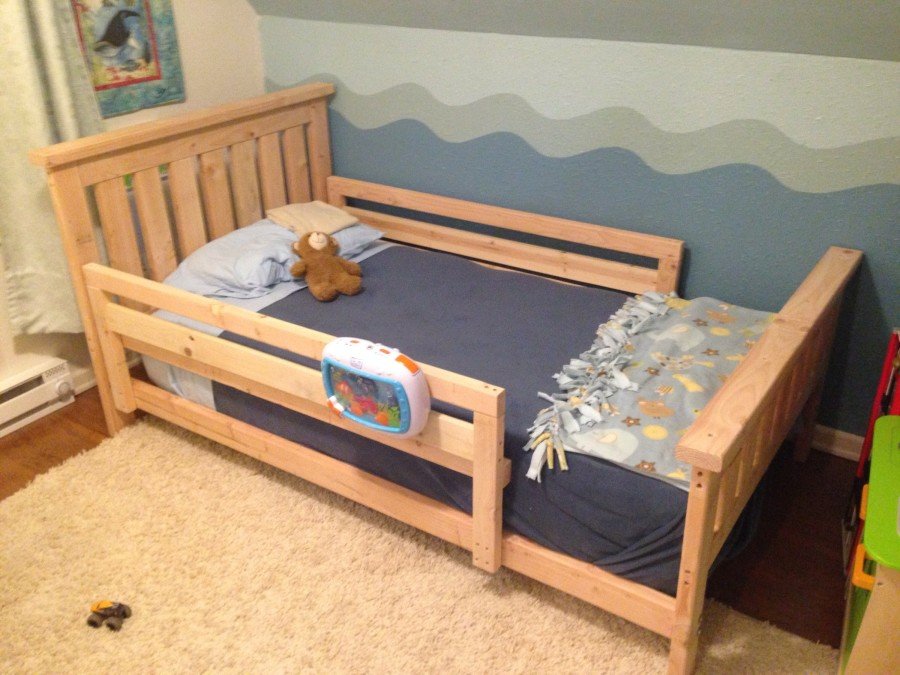If you're tired of hearing every step you take on your living room floor, you're not alone. Squeaky floors are a common issue that many homeowners face. Not only can they be annoying, but they can also be a sign of a bigger problem. Fortunately, there are several solutions to fix a squeaky living room floor and silence those pesky noises for good.Fixing Squeaky Floors in Your Living Room
The first step in silencing your living room floor is to identify the source of the noise. This could be anything from loose floorboards to gaps between the subfloor and joists. Once you've pinpointed the problem area, you can begin to take the necessary steps to fix it. Keep in mind that different methods may work for different types of floors, so it's important to determine the type of flooring you have before attempting any repairs.How to Silence Noisy Floors in Your Living Room
If you're a fan of DIY projects, there are a few simple solutions you can try to fix a squeaky living room floor. One option is to use shims to secure loose floorboards. Simply insert shims between the subfloor and joists to eliminate any gaps and reduce noise. Another DIY solution is to apply talcum powder or powdered graphite between the floorboards to lubricate them and reduce friction.DIY Solutions for a Creaky Living Room Floor
Squeaky floors can be caused by a variety of factors, including changes in humidity, age of the flooring, and loose nails or screws. One of the most common causes is uneven subflooring, which can cause the floorboards to rub against each other and create noise. To fix this issue, you may need to level out the subfloor or replace any damaged boards.Causes and Solutions for a Noisy Living Room Floor
If you're not ready to take on a DIY project, there are still some simple tips you can try to quiet your living room floor. One method is to use a lubricant, such as WD-40, to reduce friction between the floorboards. Another option is to use adhesive to secure loose boards or to fill in any gaps between the subfloor and joists.Quiet Your Living Room Floor with These Simple Tips
For a more permanent solution, you may need to hire a professional to repair your squeaky living room floor. A flooring contractor can assess the issue and determine the best course of action. They may need to replace damaged boards, add additional support, or install a new subfloor to eliminate the noise.Eliminating Annoying Floor Noise in Your Living Room
If you're feeling up to the challenge, you can attempt to fix your squeaky living room floor yourself. Here's a step-by-step guide to help you silence those annoying noises: Step 1: Identify the source of the noise by walking around your living room and pinpointing where the noise is coming from. Step 2: Clean the area between the floorboards to remove any debris or dirt that may be causing the noise. Step 3: Use a lubricant, such as talcum powder or powdered graphite, to reduce friction between the floorboards. Step 4: Secure any loose boards with adhesive or shims. Step 5: If necessary, replace damaged boards or add additional support to the subfloor. Step 6: Test the floor by walking on it to ensure the noise has been eliminated.Silencing a Squeaky Living Room Floor: Step-by-Step Guide
As mentioned before, there are several reasons why your living room floor may be making noise. Some of the most common reasons include changes in humidity, age of the flooring, and loose nails or screws. It's also possible that the subfloor was not installed properly, causing gaps between the subfloor and joists. By identifying the cause of the noise, you can determine the best solution to fix it.Common Reasons Why Your Living Room Floor is Making Noise
Fixing a creaky living room floor may require a bit of trial and error. If one method doesn't work, don't get discouraged - there are plenty of other solutions to try. Some methods may work better for certain types of floors, so it's important to do your research and determine the best course of action for your specific flooring.How to Fix a Creaky Floor in Your Living Room
The best way to prevent noisy floors in your living room is to properly maintain them. This includes cleaning regularly, fixing any small issues before they become bigger problems, and monitoring changes in humidity that may affect the floorboards. If you do encounter a noisy floor, don't wait to address the issue. The longer you wait, the more damage may occur, making it more difficult to fix. In conclusion, a noisy living room floor can be a nuisance, but it's not something you have to live with. By identifying the source of the noise and taking the necessary steps to fix it, you can enjoy a quiet and peaceful living room once again. Whether you choose to tackle the issue yourself or hire a professional, the end result will be a much more enjoyable living space for you and your family.Preventing and Repairing Noisy Floors in Your Living Room
Why Is Your Living Room Floor Making Noise?
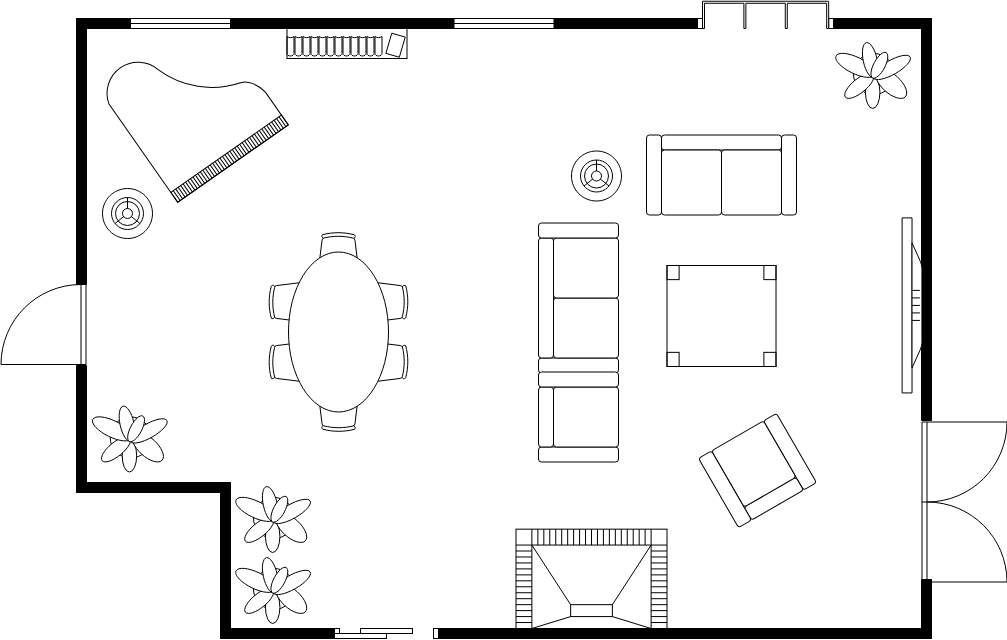
The Importance of a Well-Designed Living Room
 Your living room is often considered the heart of your home. It's where you and your family gather to relax, entertain guests, and spend quality time together. As such, it's important to have a living room that is not only aesthetically pleasing, but also functional and comfortable. However, if you've noticed that your living room floor is making noise, it can be a major source of frustration. Not only can it detract from the overall design of your home, but it can also be a sign of underlying issues that need to be addressed. In this article, we'll explore the reasons why your living room floor may be making noise and how you can fix it.
Your living room is often considered the heart of your home. It's where you and your family gather to relax, entertain guests, and spend quality time together. As such, it's important to have a living room that is not only aesthetically pleasing, but also functional and comfortable. However, if you've noticed that your living room floor is making noise, it can be a major source of frustration. Not only can it detract from the overall design of your home, but it can also be a sign of underlying issues that need to be addressed. In this article, we'll explore the reasons why your living room floor may be making noise and how you can fix it.
Causes of Noisy Living Room Floors
 There are several potential causes for a noisy living room floor. One of the most common reasons is an uneven subfloor. If your floor wasn't properly leveled during installation, it can create gaps and spaces that cause creaking and squeaking noises when weight is placed on it. Another common culprit is loose floorboards. Over time, the nails or screws that hold the floorboards in place can become loose, causing the boards to shift and rub against each other, resulting in noise. Additionally, if your living room floor is made of hardwood, humidity and temperature changes can cause the wood to expand and contract, also leading to creaking and squeaking noises.
There are several potential causes for a noisy living room floor. One of the most common reasons is an uneven subfloor. If your floor wasn't properly leveled during installation, it can create gaps and spaces that cause creaking and squeaking noises when weight is placed on it. Another common culprit is loose floorboards. Over time, the nails or screws that hold the floorboards in place can become loose, causing the boards to shift and rub against each other, resulting in noise. Additionally, if your living room floor is made of hardwood, humidity and temperature changes can cause the wood to expand and contract, also leading to creaking and squeaking noises.
Solutions for a Quieter Living Room Floor
 Fortunately, there are several solutions to address a noisy living room floor. If an uneven subfloor is the issue, you may need to have it professionally leveled. This may involve removing the existing flooring and installing a new subfloor. If loose floorboards are the problem, you can try re-securing them with new nails or screws. In some cases, adding a layer of padding or insulation between the subfloor and flooring can also help to reduce noise. For hardwood floors, it's important to maintain proper humidity levels to prevent excessive expansion and contraction. You may also consider using a specialized lubricant to reduce friction between the boards.
In Conclusion
A noisy living room floor can be a frustrating and disruptive issue, but it's not one that you have to live with. By understanding the potential causes and implementing the right solutions, you can enjoy a quieter living room that not only looks great, but also functions properly. If you're unsure of the cause of your noisy floor, it's always best to consult a professional for an accurate diagnosis and proper treatment. Don't let a noisy floor detract from the design and comfort of your living room – take action and enjoy the peaceful space you deserve.
Fortunately, there are several solutions to address a noisy living room floor. If an uneven subfloor is the issue, you may need to have it professionally leveled. This may involve removing the existing flooring and installing a new subfloor. If loose floorboards are the problem, you can try re-securing them with new nails or screws. In some cases, adding a layer of padding or insulation between the subfloor and flooring can also help to reduce noise. For hardwood floors, it's important to maintain proper humidity levels to prevent excessive expansion and contraction. You may also consider using a specialized lubricant to reduce friction between the boards.
In Conclusion
A noisy living room floor can be a frustrating and disruptive issue, but it's not one that you have to live with. By understanding the potential causes and implementing the right solutions, you can enjoy a quieter living room that not only looks great, but also functions properly. If you're unsure of the cause of your noisy floor, it's always best to consult a professional for an accurate diagnosis and proper treatment. Don't let a noisy floor detract from the design and comfort of your living room – take action and enjoy the peaceful space you deserve.










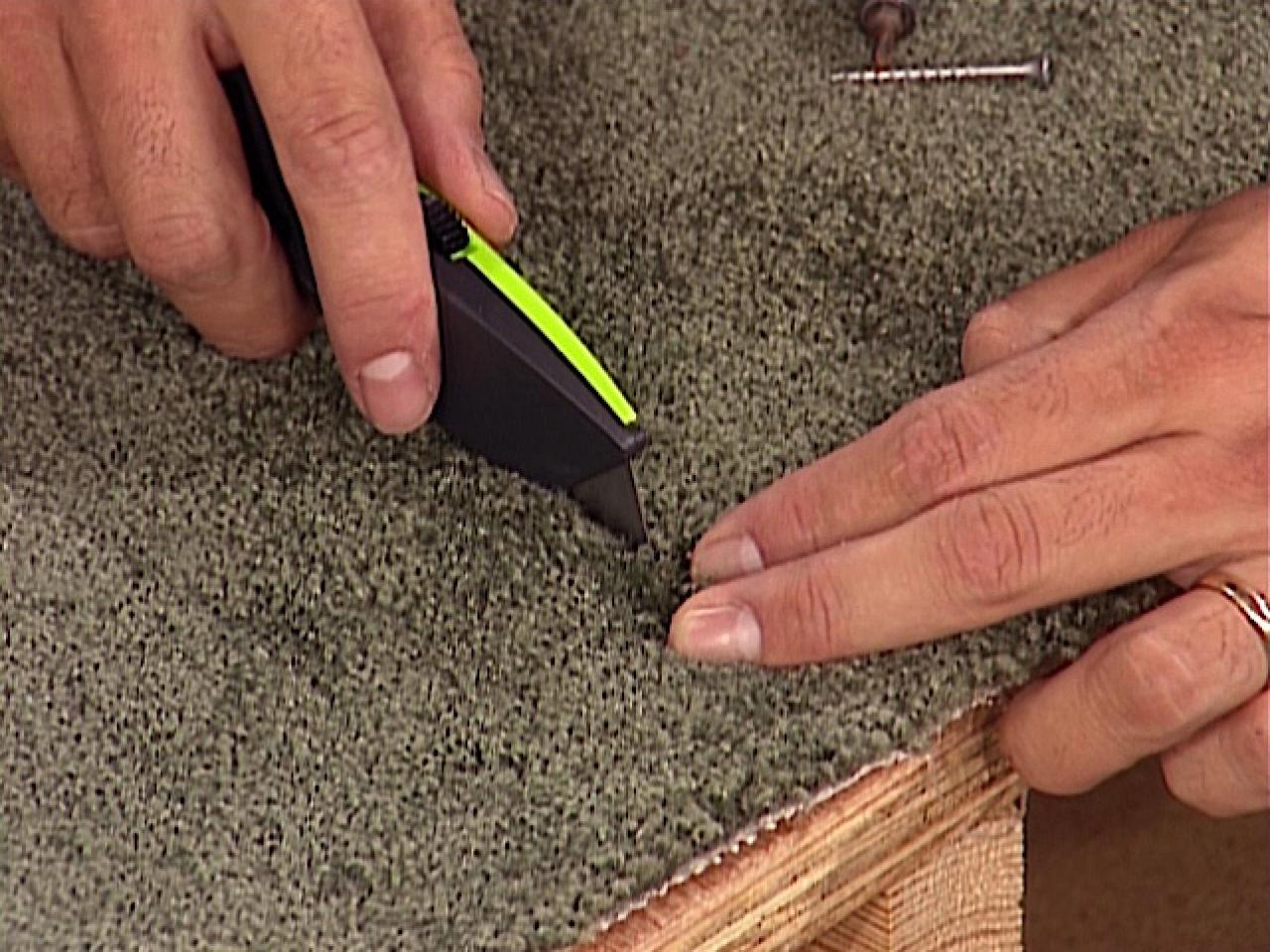
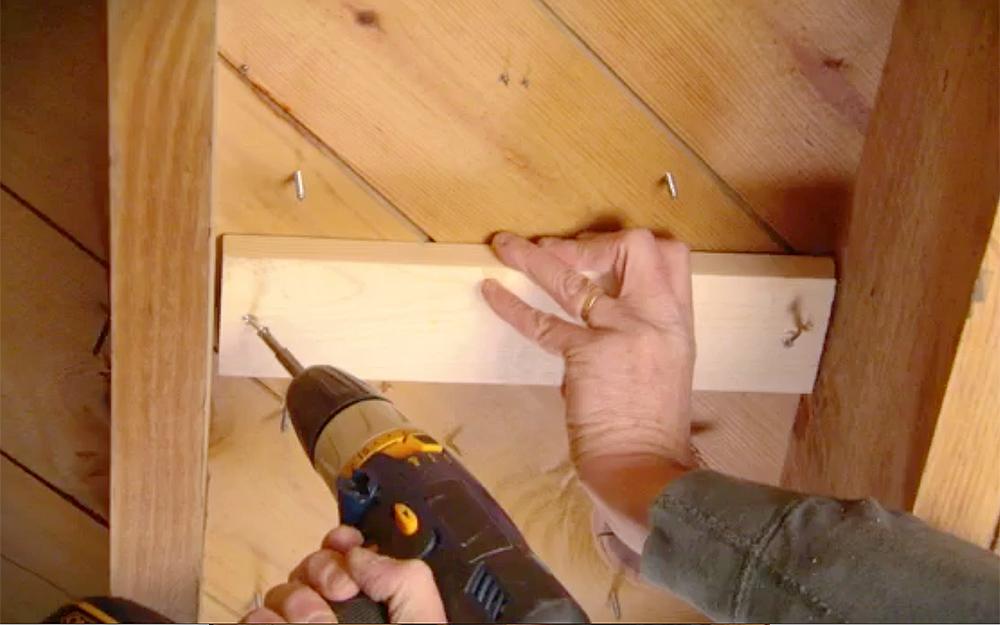




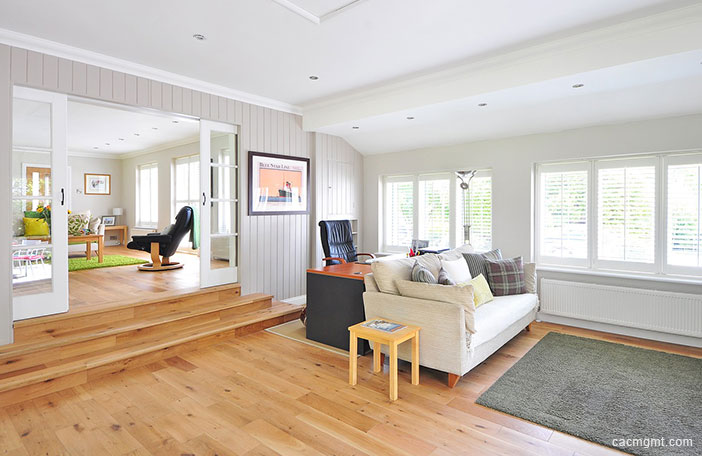

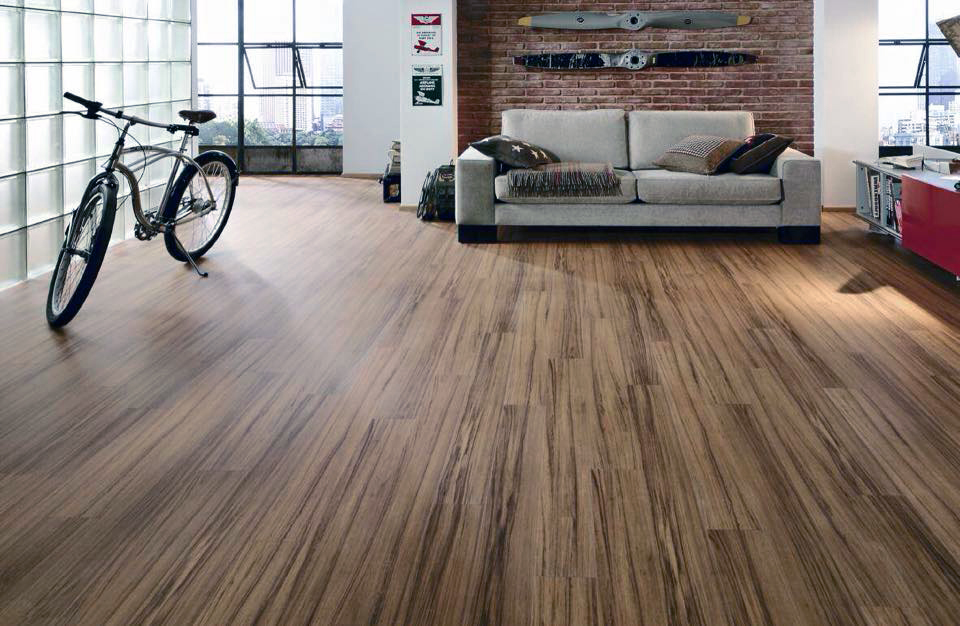





:max_bytes(150000):strip_icc()/noisy-neighbor-CreativeRFCasparBensonGettyImages-56ae097b3df78cf772b926a0.jpg)




